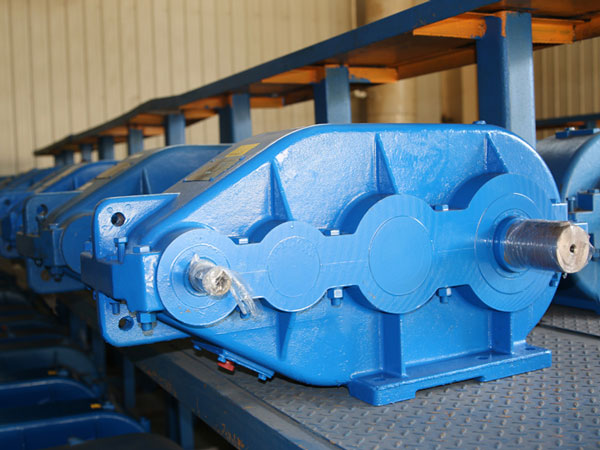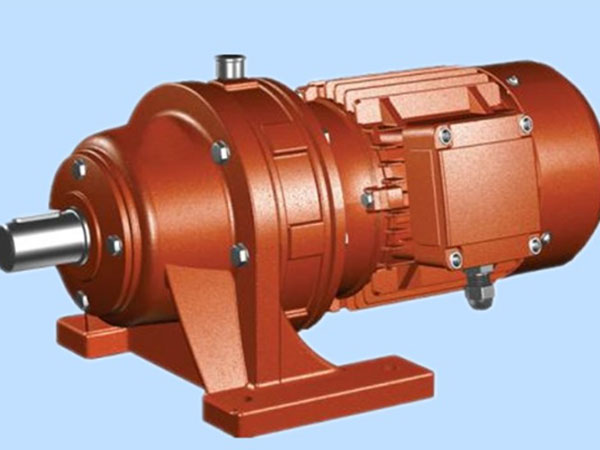1. The oil leakage part of the crane reducer:
① The joint surface of the reducer box, especially the vertical reducer, is particularly severe.
② The end caps of each shaft of the reducer, especially the shaft holes of the through caps.
③ At the flat cover of the observation hole.
2. Analysis of the causes of oil leakage:
① The joint surface of the box is rough and the joint is not strict.
② The box undergoes deformation, and the joint surface and bearing holes undergo corresponding changes, forming gaps.
③ The gap between the bearing cover and the bearing hole is too large, and the return oil groove inside the cover is blocked. The sealing rings of the shaft and the cover have aged and deformed, losing their sealing effect.
④ Excessive oil volume (the oil level should not exceed the mark on the oil needle). The joint surface at the observation hole is uneven, the sealing gasket is damaged or missing, and the sealing is not tight.


3. Measures to prevent oil leakage:
① Ensure that the joint surfaces of the reducer are in close contact with each other, and the metal surfaces must be coated with sealant to meet technical standards.
② Open a return oil groove on the base joint surface, and the spilled oil can return to the oil tank along the return oil groove.
③ Apply liquid nylon sealant or other sealant to all oil leakage areas such as the joint surface of the box, bearing end cover holes, and sight oil cover.
④ For surfaces with relative rotation, such as shafts and through cover holes, rubber sealing rings are used.
⑤ As the seasonal temperature changes, suitable lubricating oil should be selected according to regulations.
⑥ The low-speed reducer uses molybdenum disulfide as a lubricant to eliminate oil leakage.
Post time: Mar-12-2024









